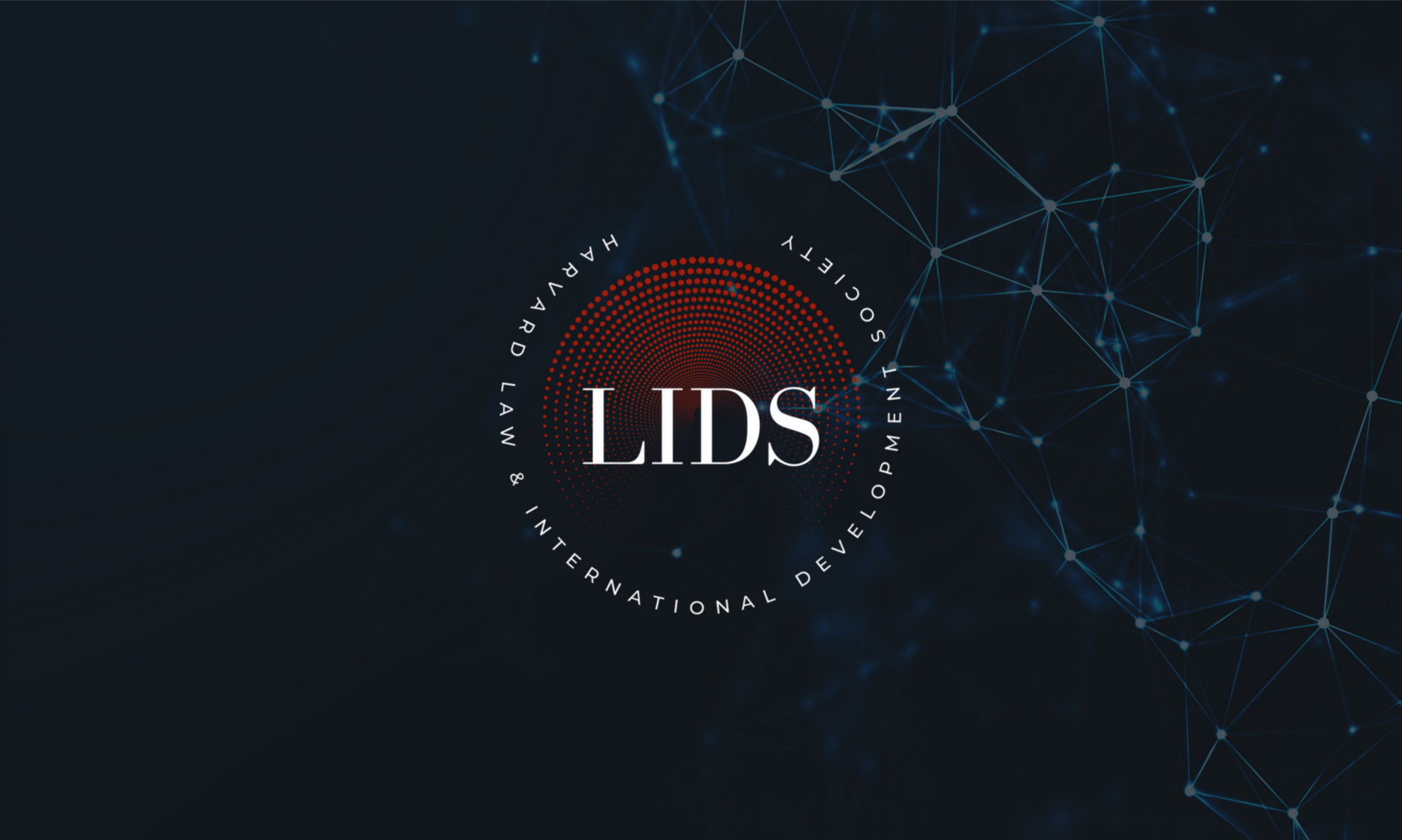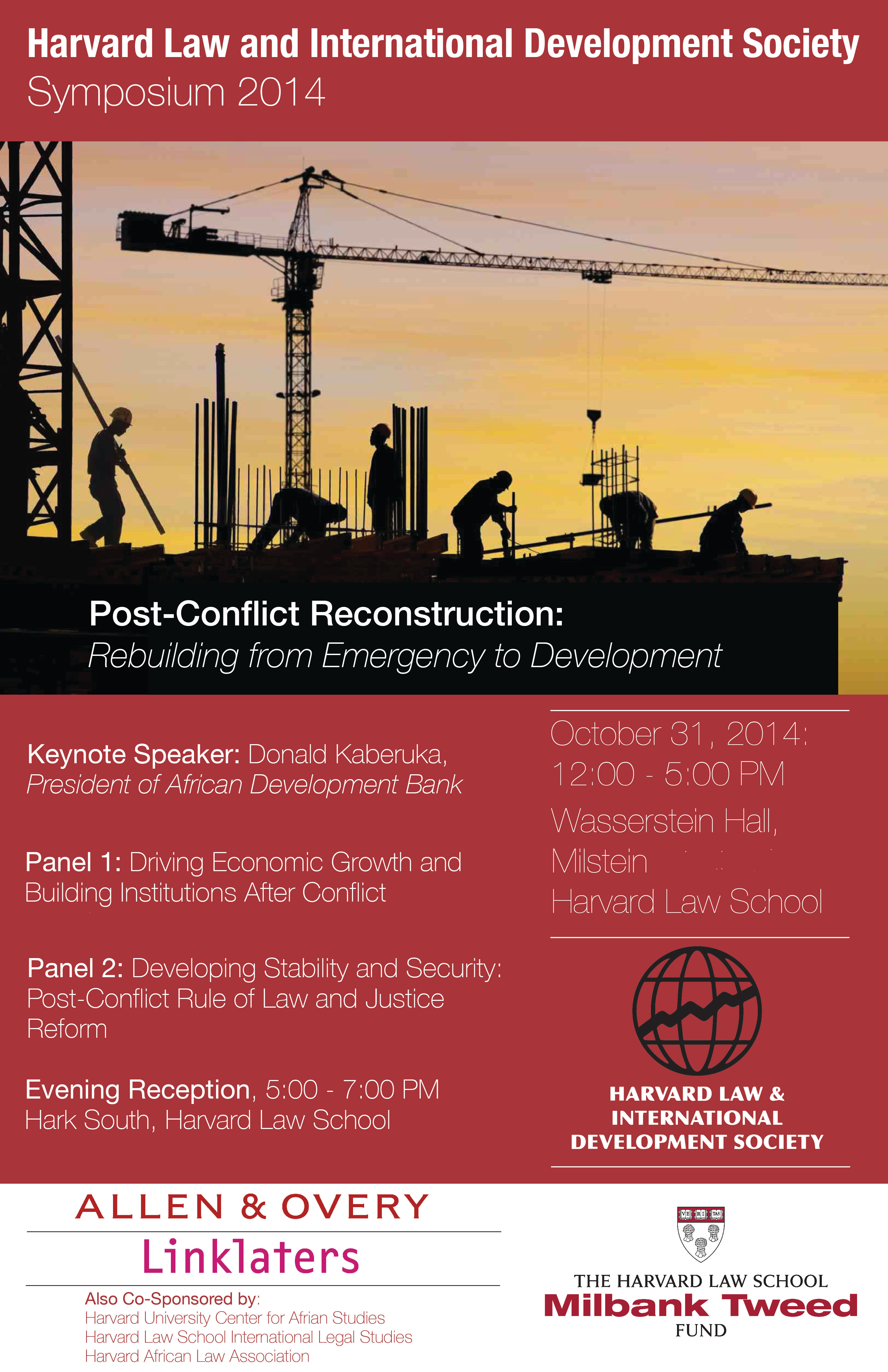I have worked this summer with The Takshashila Institution, a public policy think-tank in India. Part of my work included co-authoring a policy brief on judicial reforms. The brief is under review for publication, but the subject has become very topical: the Supreme Court recently turned down the idea of operating “Fast Track Courts” to resolve cases against elected Parliamentarians against whom criminal cases are pending, preferring instead to place the burden on the Executive to not elevate such persons to important Ministerial assignments.
Fast Track Courts were initiated, originally, as an experimental solution to the considerable (and growing) backlog of unresolved cases pending before all levels of the judiciary in India. Constituted with funding from the central government, they have proved a qualified success, demonstrating a disposal rate considerably higher than ordinary courts at the same level. Since they are only a procedural innovation, working with the same personnel and no new facts on record, this has prompted concerns that such cases are at higher risk for wrongful conviction and miscarriage of justice. Nowhere is this criticism more pronounced than in the resort to Fast Track Courts for tackling crimes against women.
That move, in turn, is part of a broader set of measures taken to counter growing outrage against rape. Another recent measure was the revision of the Juvenile Justice (Care and Prevention) Act of 2000, to allow for the criminal trial and prosecution of a person above the age of 16 who is accused of rape. Prior to this amendment, such an accused would be treated as a minor, and could not be tried or sentenced under the Indian Penal Code, a condition that had come in for widespread condemnation when it came to light that one of the accused in the December 2012 New Delhi gang-rape-assault-and-murder was 17 years of age and hence liable for prosecution only as a juvenile.
What has been largely overlooked in this outcry, however, is that instances of rape by minors are – contrary to what some political leaders were reported as suggesting – only a small proportion of the total reported rape cases in the country (1,175 of 33,707 cases reported in 2013, to be precise). In fact, as Rukmini Shrinivasan and Mrinal Satish reported in The Hindu, less than 600 cases actually came to trial in New Delhi in 2013, and over 170 of those cases involved consensual sex with a minor girl.
Typically, these are cases where the girl’s family disapproves of the relationship, and files a charge of rape against the man involved. These are typically cases of elopement, the First Information Report (FIR) filed in such cases follows a script prepared by the police and the complainant family to enable a charge of rape while discounting any possibility of consent. Unfortunately, since these scripted FIR’s coincide with the facts only seldom, only 10 of these alleged rape cases have resulted in conviction.
These are troubling indications – the sample may not be large enough to call conclusions drawn therefrom “evidence” – that most alleged cases of rape involving minors are not as straightforward as they appear. Under these circumstances, the amendment to the Juvenile Justice Act takes away the discretion of the courts to have the accused tried as a minor, or to award a lesser sentence to account for the possibility of consent. It is also, in its own way, illustrative of two major problems in dealing with judicial reform in India: the absence of any statistics on the basis of which to target or evaluate such reforms, and the broader systemic concerns (beyond mere judicial efficiency) which lead to sub-optimal outcomes in court.
The National Crime Records Bureau or Court Registrar’s statistics reflect only such crimes as are reported, and such civil offences as actually led to the institution of a lawsuit. There is general consensus that, in a variety of arenas (ranging from sexual and gender based violence, to corruption, to property disputes), the number of reported cases is an under-representation of the true incidence of the problem. In the aftermath of the 2012 New Delhi case, the Government had convened a Committee under Justice J S Verma to receive public inputs and prepare recommendations on how to better tackle such crimes. Takshashila had submitted a policy advisory, suggesting that India institute an annual Crime Victimisation Survey. This is in keeping with a broader orientation towards evidence-driven public policy.
In our latest brief, my colleagues and I explore the judicial concommitants to such a survey, which include the National Judicial Statistics Bill (which has languished before Parliament for years), and the compiling of an electronic database of court performance statistics under the Government of India’s e-Courts Mission. All of these are moves that will enable more accurate identification of areas of concern, and thereby the targeting of reforms – even Fast Track Courts – at areas that deserve the highest priority.
At the same time, we explore also the systemic environment which has led to the current scenario of judicial backlog. In particular, two areas of concern stand out: the absence of proper investigation, and the lack of skilled manpower in the judiciary. The former has long been decried by judges themselves, who point out that they cannot hand out convictions on the basis of slipshod investigations that fail to establish any material facts; thus, improving the disposal and conviction rates (without compromising on the integrity of the courts) will require training and equipping police to properly elicit, gather, catalogue and present evidence.
The lack of trained judges is an even more serious problem in the long-run: India has only 14 judges for every million people, with as many as 30% of judicial positions remaining vacant. At current population trends, even a judiciary operating at fully-sanctioned strength would have only 10-12 judges per million Indian citizens – a ratio that makes discussion of operating efficiency moot. Thus, the creation of a National Judicial Service, or some other form of drastically increasing judicial manpower is de rigeur.
After almost seven decades of Independence, India is entering the mature phase of its institutional democracy. This means that all the cheap, easy and short-run solutions to its structural problems have already been adopted and exhausted. India must now rally support for the more difficult, expensive and long-run institutional reforms that will enable to face these challenges as it moves into the post-2015 world.

